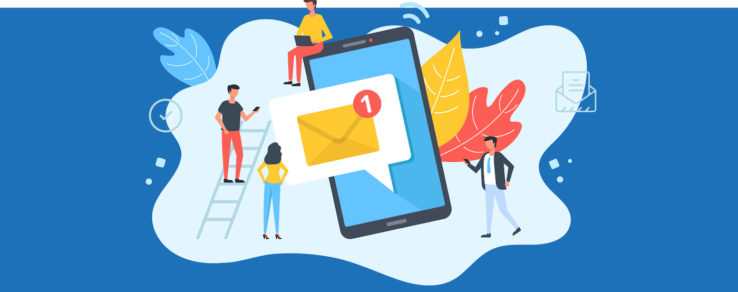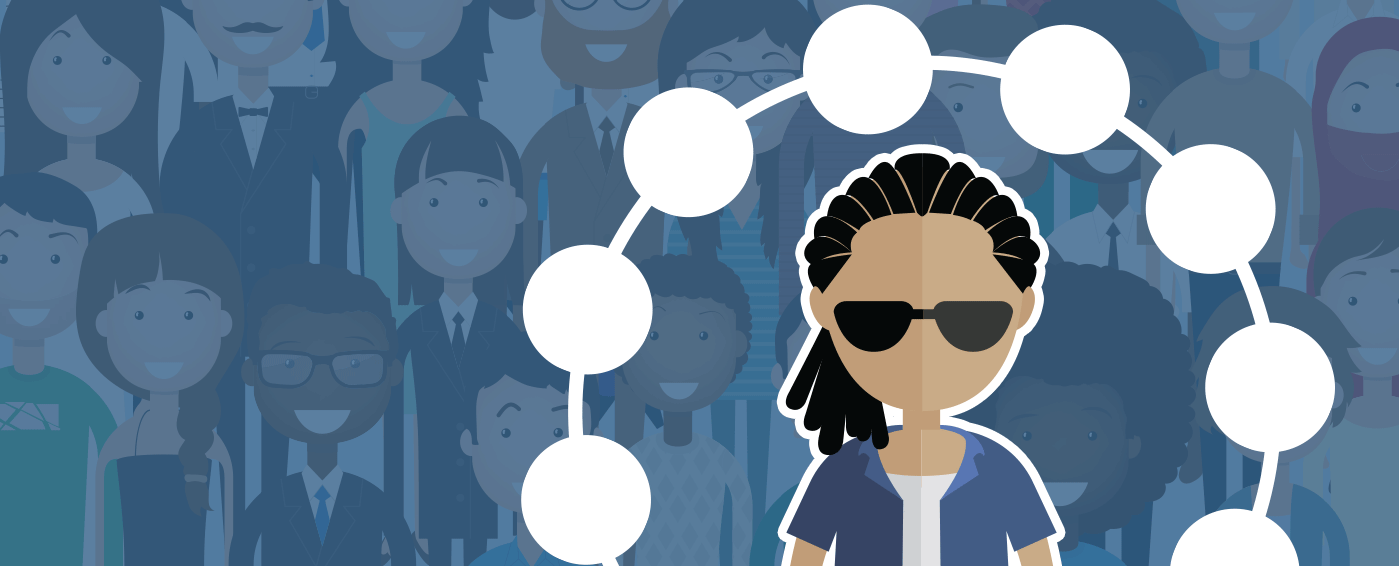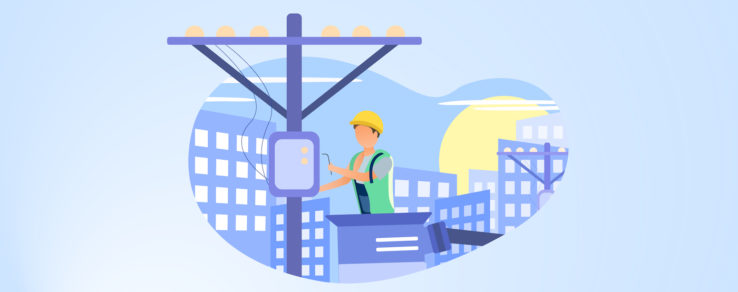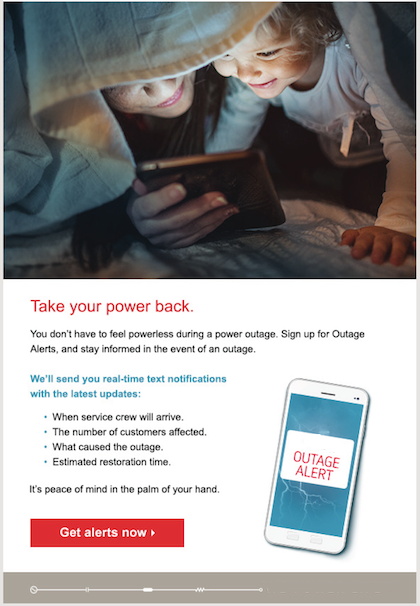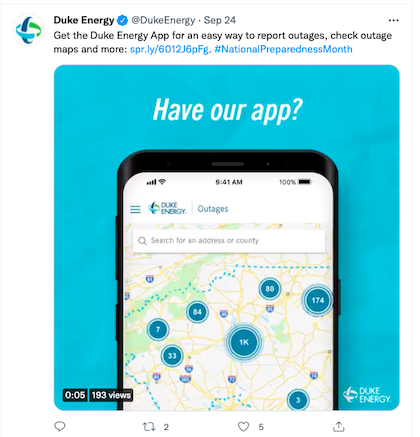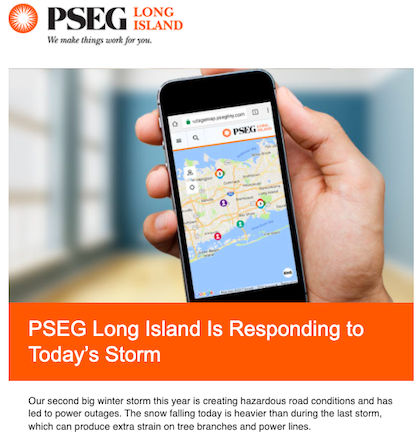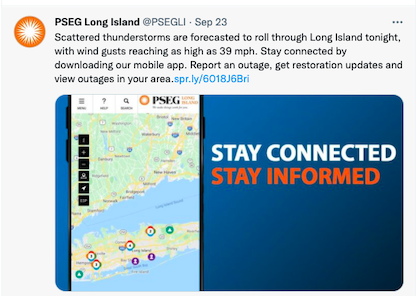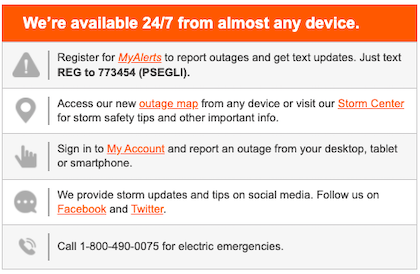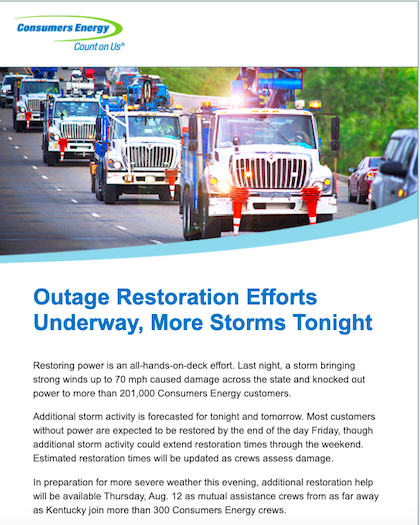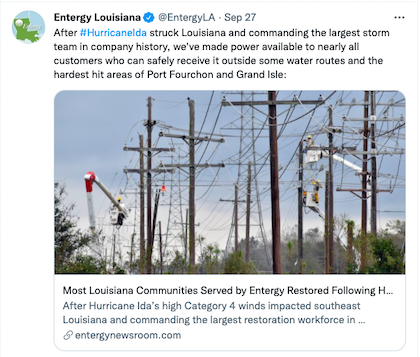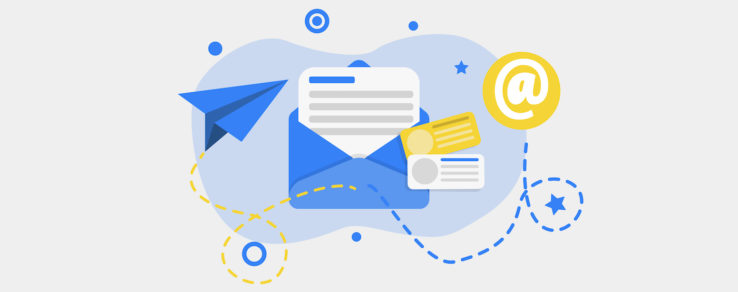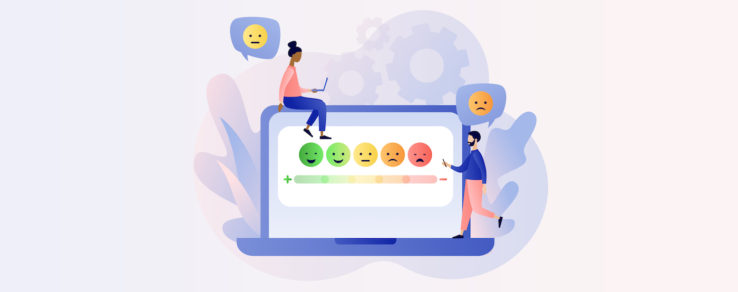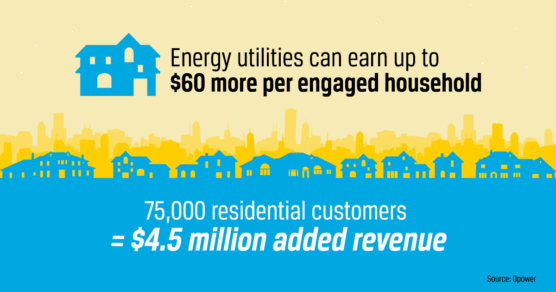When it comes to paperless billing, there are many reasons why customers choose to make the switch from paper to electronic bills. According to eMarketer, three in four adults across all generations will switch at least one bill to paperless in the next year. Knowing the right paperless billing benefits to promote — and how to promote them — is essential to creating successful campaigns for your energy utility.
What is paperless billing?
Paperless billing, also known as ebill, is when a customer receives an electronic bill rather than a paper bill in the mail. These paperless bills are typically emailed to customers and available within their online accounts to access and review. Many customers can set up automatic payments through ebilling.
Benefits of ebilling to customers
Paperless billing is a convenient way for customers to access, pay and store their bills. Furthermore, ebilling allow customers to pay their bills directly online, rather than needing to mail a payment or travel to a customer service center. It also allows customers to have easy access to their billing history without the paper clutter at home.
There are numerous advantages of paperless billing, including:
- On-the-go convenience
- Pay anytime, anywhere
- Save money on stamps and envelopes
- Reduce paper waste
- Security
On-the-go convenience
For energy utility customers, convenience is perhaps the number-one reason to enroll in paperless billing. Instead of waiting for a paper bill in the mail, customers can quickly access their bill from their email inbox. Paperless billing fits into customers’ busy 24/7 schedules and helps reduce stress.
Flexible payment options add to the convenience. Ebill customers have access to numerous payment options, including through a bank account, debit card, credit card, autopay, mobile app and even smart home voice activation. When thinking about their bills, consumers say late payments are a top concern. That’s why energy utilities should promote the benefits of email and text payment reminders in their paperless marketing.
Pay anytime, anywhere
The ability to access your bill from any location is a top benefit of paperless billing. According to Questline Digital’s Energy Utility Benchmarks Report, 68% of residential customers engage with program promotions on a mobile device such as a smartphone or tablet.
A survey of smartphone owners finds 42% pay their monthly bills through a mobile device. In addition, millennials and consumers with a household income between $50,000 and $99,000 are more likely to use mobile bill pay. As this data demonstrates, energy utility customers want the flexibility of viewing and paying their bill on the go.
The COVID-19 pandemic aided in this “pay anytime” value proposition as consumers looked to budget their bills amidst other financial concerns. Instead of emphasizing the on-the-go benefits, highlight the 24/7 convenience of paperless billing. For example, customers can pay their bill in the middle of cooking dinner, doing a home workout or watching Netflix.
Saving money
For business customers in particular, paperless billing has a major impact on operational costs. Compared to residential consumers who receive about 12 bills total each month, small businesses receive about 50 bills on average.
Traditional paper bills require a constant supply of postage and envelopes or time spent logging into numerous sites to make payments. For small and large businesses alike, paperless billing reduces costs and increases productivity. With an overload of paper transactions in everyday business operations, electronic bill statements are one less piece of paper to keep track of each month.
Reduced paper waste
Utility customers are increasingly concerned about the environment. In fact, 87% of consumers view a company favorably that supports the environment, whether through programs, products or philanthropic efforts.
To reach the eco-conscious consumer, emphasize the benefit of generating less paper waste through ebilling. Paper is a major concern, making up 26% of landfill waste, 33% of municipal waste and 50% of business waste. Customer can see this benefit in their own homes, when fewer snail-mail bills results in less clutter and fewer trips to empty the garbage or recycling bin.
Security
When it comes to paperless billing benefits, a top priority for many customers is security. How is their information stored? What will it be used for? Will their account be safe? Although digital methods can present their own concerns, the truth is that paper statements are not free of fraud risk. Mail can be intercepted, misplaced or fall into the wrong hands, leaving valuable account information or even payments unprotected.
Paperless billing, on the other hand, accounts for these concerns by implementing security measures and protocols for customers’ login information. Even if bills or account information is emailed, it will never contain full account information, which gives extra protection if a customer’s email was to be compromised.
It’s important to share how your utility puts security measures in place and the lengths it goes to protect customers’ sensitive data. Customers want transparency, especially when it comes to their personal information.
Fiserv surveyed respondents on the security of payment methods and found that consumers’ confidence in the security of specific digital channels, including financial mobile apps and digital wallets, increased significantly from 2018 to 2019. This highlights a move forward as customers acknowledge the safety of ebilling and grow more comfortable with the technology.
Paperless billing benefits for energy utilities
Paperless billing doesn’t just offer benefits to customers. On the contrary, the effects of ebill are positive for customers and energy utilities alike.
Utilities experience a variety of advantages of paperless billing, including:
- Decreased call center traffic
- Reduced postage costs
- Improved payment speed
- Boost in customer satisfaction
- Increased customer engagement
Decreased call center traffic
According to Energy Central, many utilities handle around 1.4 million live calls per customer per year. Typically, these calls are made up of:
- 30% to 40% payment arrangements
- 5% to 15% payments
- 25% to 35% billing
What’s more, statistics show that many of these calls come from the same customers. This means they continue to have the same questions with payment arrangements or billing. With paperless billing, call levels can be dramatically reduced as these customers learn to use self-serve options for their payment and billing needs.
Although call center traffic may never completely diminish, promoting paperless billing benefits to customers in a way that acknowledges the typical help they need — such as how to make a payment or view their bill — will lessen their need to call for help.
Reduced operational costs
In addition to reduced paper waste, another paperless billing benefit is simply a decrease in costs for your energy utility. When your utility no longer has to mail paper bills, it also no longer has to buy paper, envelopes, or most importantly, stamps. This is especially important to consider as postage prices continue to rise.
In August, the price of a first-class Forever Stamp went from 55 cents to 58 cents. Although at first glance it appears the increases are minimal, it quickly adds up when the number of customers requiring paper bills each month is taken into consideration.
Plus, paperless billing saves money from any bills lost in the mail or resending bills to customers that have moved. Ebilling alleviates these cost concerns and allows your utility to put that money toward other customer-centric programs.
Improved payment speed
Another paperless billing benefit for energy utilities is the improved payment speed and increase in bills paid. The conventional methods of processing paper-based payments are time-consuming, from the time it takes a customer to receive their bill until the payment is received by the utility.
Regardless of industry, studies have found that customers often pay bills later when sent by mail compared to bills sent electronically, making paperless the preferred method of billing in the financial suite of most organizations.
Overall, paperless billing drastically speeds up the revenue cycle. Since customers have access to their bills anytime, anywhere, they can make payments instantly from their smartphone or laptop and are immediately notified when bills are available to view.
Boost in customer satisfaction
Paperless billing means customers have the convenience of viewing their bills and managing their accounts anywhere, anytime. According to a Fiserv household survey, 75% of customers say paperless billing helps them better manage their finances.
Ebilling also leads to increased awareness of all digital messaging, allowing your utility to get closer to a seamless customer experience. In addition, the option to go paperless tends to improve customer satisfaction. According to Fiserv’s Eighth Annual Consumer Billing Household Survey, an impressive 68% of paperless consumers acknowledge increased satisfaction with their biller when they receive electronic statements.
Specifically, Southern Company Gas found that customers who receive ebills are 21% more satisfied than those who receive paper bills, according to company-conducted surveys. Utilities that promote paperless billing benefits and encourage ebilling adoption can see positive increases in customer satisfaction and J.D. Power ratings as well.
Increased customer engagement
A final paperless billing benefit is an outcome that all utilities hope for: increased customer engagement. While it’s already been noted that paperless billing improves customer satisfaction, ebilling also provides opportunities to increase engagement across multiple channels.
Since most utilities include ebilling within customers’ My Account portals, this is a great way to provide education or encourage engagement with other programs and services your utility offers. For example, when highlighting a customer’s energy use within a bill, link to your energy efficiency tips and resources page.
